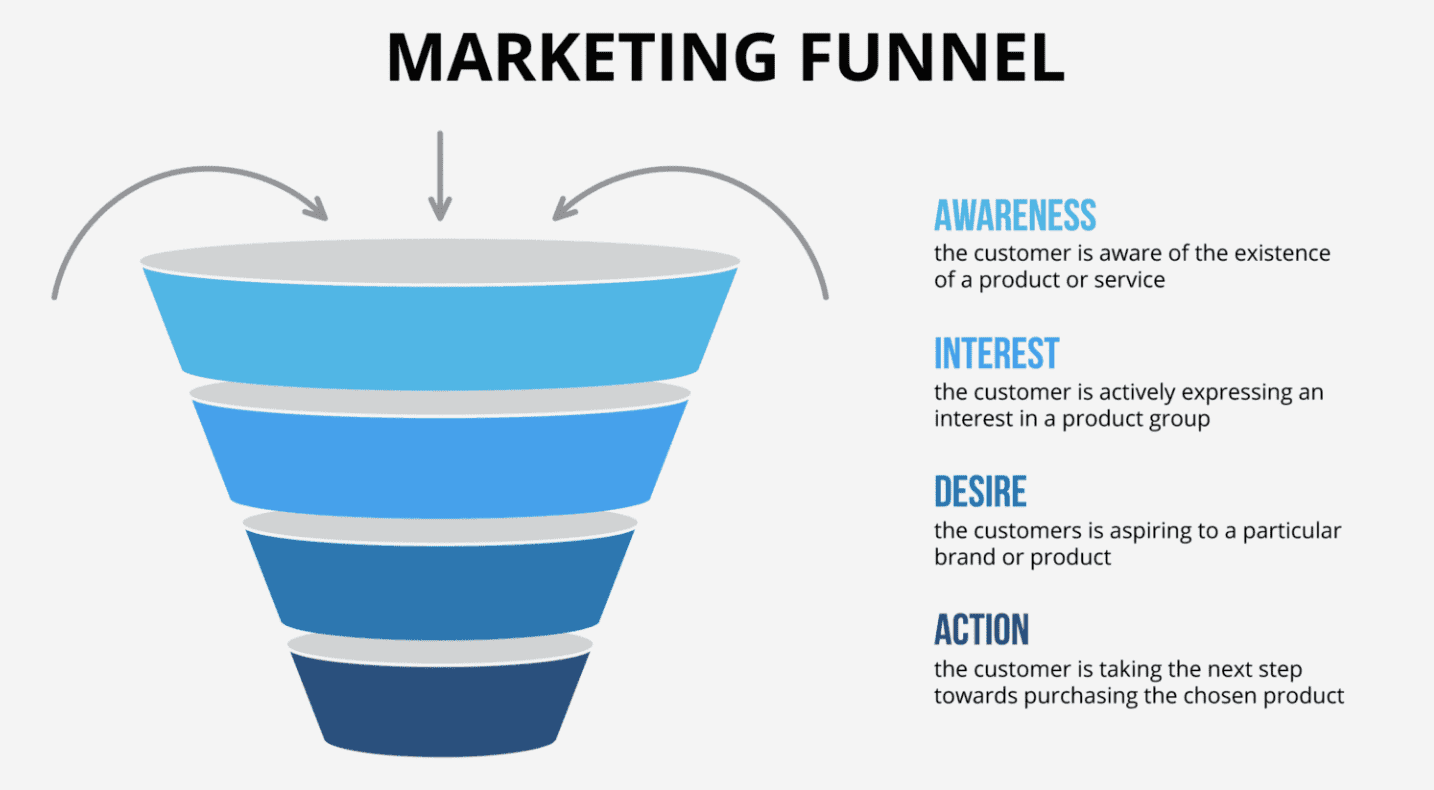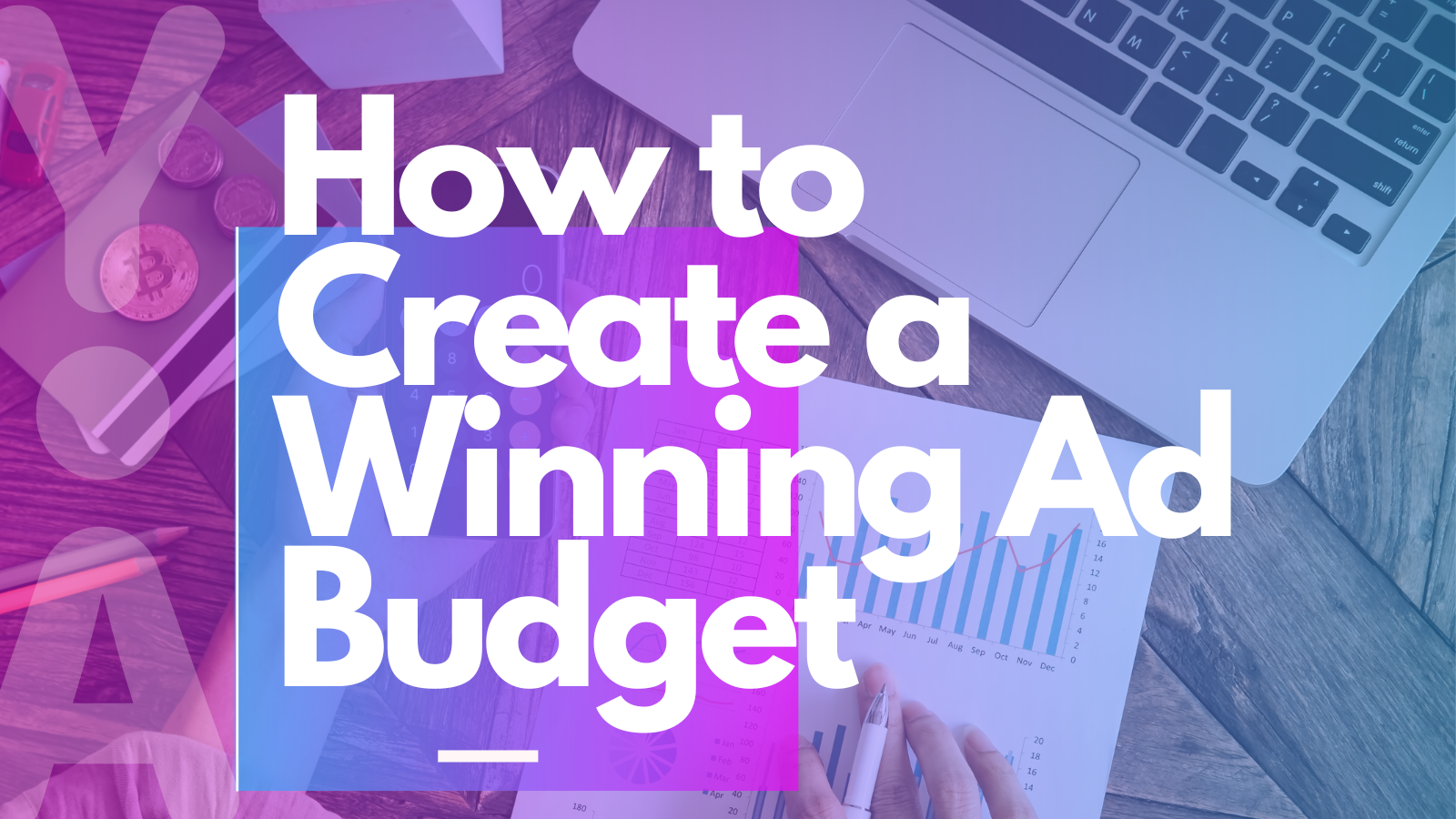The first step to any successful mobile marketing campaign is building an ad budget; and, with the new year just around the corner, it’s time to start planning your brand’s 2023 financial goals. Without a marketing budget in place, you’ll have no way of knowing how much you can afford to invest in paid advertising. What’s more, a well-planned budget can help you optimize your ad spend and reach your financial goals.
From the value of planning a budget to the best practices of mobile marketing budget planning, we cover what you need to know about creating a budget for your mobile marketing campaigns.
The value of planning an ad budget
Marketing budgets keep you and your brand on track to reach your goals. It also helps you project and forecast your plans so you can better allocate funds going forward. How many purchases are you expecting per $100 or $1,000 spent on marketing? How many app users are you expecting to acquire in the next three months? What about in the next year? You can answer all these questions and more with the help of a marketing budget.
It helps you set benchmarks and goals
With a marketing budget, you can track how much you spend on each campaign, strategy, channel, etc. You’ll know if you’re overspending, or if you can spend more. Having a well-defined budget can also help you set realistic benchmarks and KPIs that move your brand forward. Based on your budget, you can set realistic expectations for various marketing channels and better understand the revenue needed to validate your marketing efforts.
It helps you better allocate funds
Setting a budget for your app helps you allocate funds appropriately. When you know how much you can spend, you know how much you can put into each campaign, channel, strategy, etc. Otherwise, you might overspend on a particular campaign or strategy, only to find out too late that it’s not working. An ad budget allows you to determine which strategies work with your plan or whether a DSP partner’s fee structure fits within your budget. From there, you can make adjustments and switch your strategy based on what’s yielding a positive ROI.
It helps you plan in the long-term
Planning your marketing budget ahead of time allows you to create a long-term plan for your marketing strategy. The more long-term you plan your budget, the more consistent and effective your marketing campaigns will be. A long-term budget prevents you from having to pause campaigns due to shortages or advocate for additional budget in the face of unforeseen changes.
The best practices for creating your mobile marketing budget
Remember, marketing isn’t a cost — it’s an investment — an investment in your brand’s growth and development. By crafting a thoughtful and strategically-optimized marketing budget, you’ll help your brand get the most out of your investment.
To decide how much to allocate to advertising, first, assess your total app cost, including the cost of your app’s development and ongoing maintenance. Then, allocate a part of that ongoing budget to marketing. For startups and new companies, experts recommend spending 12-20% of gross revenue on marketing. As your app becomes more established, that percentage can drop to 6-12%.
1. Assess your marketing funnel
Mapping your user journey helps you better understand how to allocate your budget. Assess a user’s experience in your funnel, from the awareness to action stage.

This assessment will give you a clear picture of the channels that are moving people through your funnel and driving the best results. What triggered a user to move from the desire stage to a conversion? Where are users leaking through the funnel? These are areas that you’d want to prioritize. From here, you can allocate funds to key points in your funnel based on your findings.
2. Define your KPIs
Whether it be purchases, mobile sign-ups or annual subscriptions, define your app’s goals. This will outline your key marketing strategies and, therefore, budget priorities. As you craft you goals, remember to keep them SMART:
- S: Specific
- M: Measurable
- A: Achievable
- R: Relevant
- T: Time-bound
3. Identify your ROI positive channels
What campaigns and channels are driving the best results or engagement? And, how are these channels addressing your goals? You can use A/B testing to understand which channels are driving the most results.
As an example: let’s say your brand has allocated $30,000 to paid app marketing campaigns in 2023 overall. Rather than allocating $3,000 per month for the entire year, first identify and test the channels that are driving ROI-positive outcomes.
For example, you could use a test budget split between 2-4 campaigns over the course of a 3-month period. In our example this could be $1,000 per month for three months split between four campaigns, which comes to $250 per month per paid ad campaign.
Based on the results from your testing, you might identify that two of your four campaigns were not driving results. From there, you can eliminate those channels and move forward with your remaining $27,000 split between your two most profitable campaigns for the next nine months.
4. Maintain a long-term view of your budget
As mentioned above, planning your marketing budget in the long-term will help you run more consistent and effective marketing campaigns. A long-term budget prevents you from having to pause campaigns due to unforeseen changes or shortages. Allocate spend for your paid acquisition and retargeting campaigns for the entirety of 2023. You might also plan ahead by setting aside optional additional spend for your paid advertising in the case certain campaigns perform tremendously well.
5. Let data actualize before making budget decisions
As you make decisions about how to spend your budget, it’s important to let campaign data actualize before you make decisions to cut spend. Data actualization can take a few days. Avoid making budget decisions that might hinder the volume and scale of your campaign based on delayed data actualization. For example, if your goal is to hit 100% of ROAS by Day 30 then don’t cut spend and scale after a couple days of hitting below the goal. This cuts traffic sources and limits scale in the long run. Allow your campaign data to actualize to the cohort to give it its full potential.
For more app advertising campaign best practices, download our free Performance Marketing Playbook here.
Takeaways
The first step to any successful mobile marketing campaign is building a budget; and, with the new year just around the corner, it’s time to start planning your brand’s 2023 financial goals.
The value of planning a mobile marketing budget:
- It helps you set benchmarks and goals
- It helps you better allocate funds
- It helps you plan in the long-term
The best practices for creating your mobile marketing budget:
- Assess your marketing funnel
- Define your KPIs
- Identify your ROI positive channels
- Maintain a long-term view of your budget
- Let data actualize before making budget decisions
Ready to meet your 2023 financial goals?
Now’s the time to start planning your budget and KPIs for the new year. Schedule a meeting with our team to talk about your brand’s 2023 goals.

